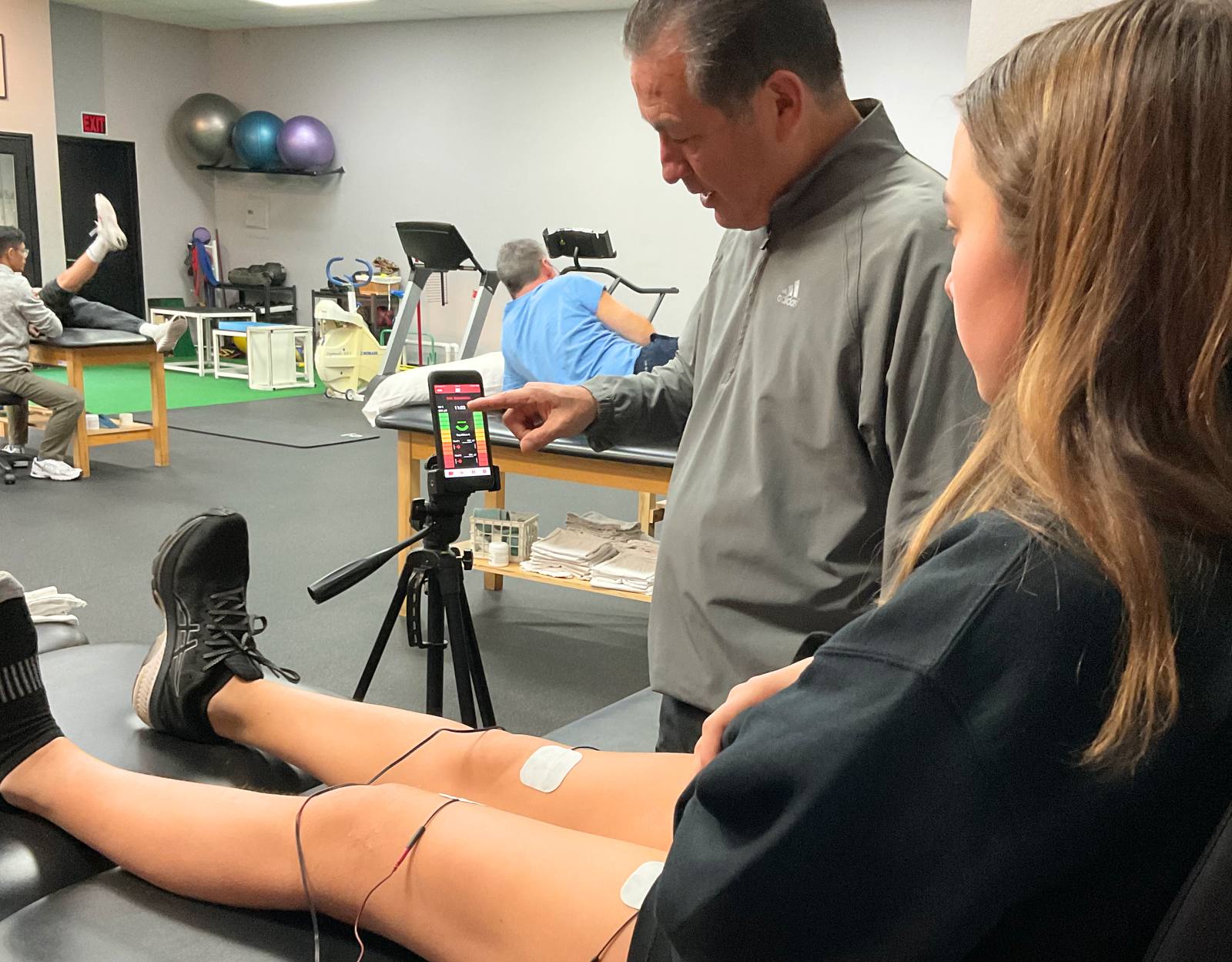qEEG works by applying small electrodes on the scalp to capture neural signals. These sensors detect neural impulses produced by nerve cells, the cells in the brain that communicate with one another. The information collected is then processed and presented as a set of waveforms. Each type of brainwave—such as α, β, delta, and θ—corresponds to different mental states and functions. For instance, alpha oscillations are commonly associated with calmness, while beta oscillations are associated to active cognition and issue resolution. By examining these patterns, clinicians can detect abnormalities that may suggest psychological health issues.

One of the significant advantages of qEEG is its capability to offer objective information. In contrast to traditional assessments that rely on subjective accounts from clients, qEEG provides a clear view of neural activity. This clarity can help minimize biases in diagnosis and result to more accurate treatment plans. For instance, if a client is facing stress, qEEG can show particular trends of brain activity that are associated with anxiety conditions. This information enables psychological health experts to customize treatments more efficiently, whether through therapy, medication, or other treatments.
Moreover, qEEG can be particularly beneficial in tracking intervention advancement. By view performing qEEG evaluations at various points during therapy, healthcare providers can monitor variations in neural function over period. This continuous assessment assists ascertain if a intervention is working or if modifications are required. For instance, if a patient is not responding to a particular medication, qEEG may show that their brain activity has not changed in a way that indicates improvement. This feedback loop can lead to more personalized and effective mental health care.
In conclusion, qEEG cerebral mapping is a potent tool in the field of psychological health evaluation. By offering unbiased information about neural function, it improves the comprehension of different psychological health disorders. This method not only assists in accurate assessment but also assists in tracking intervention success. As psychological health professionals continue to explore the potential of qEEG, it holds promise for improving the lives of individuals facing mental health challenges. With ongoing research and progress in technology, the mysteries of the mind may become clearer, leading to better outcomes for those in need of support.